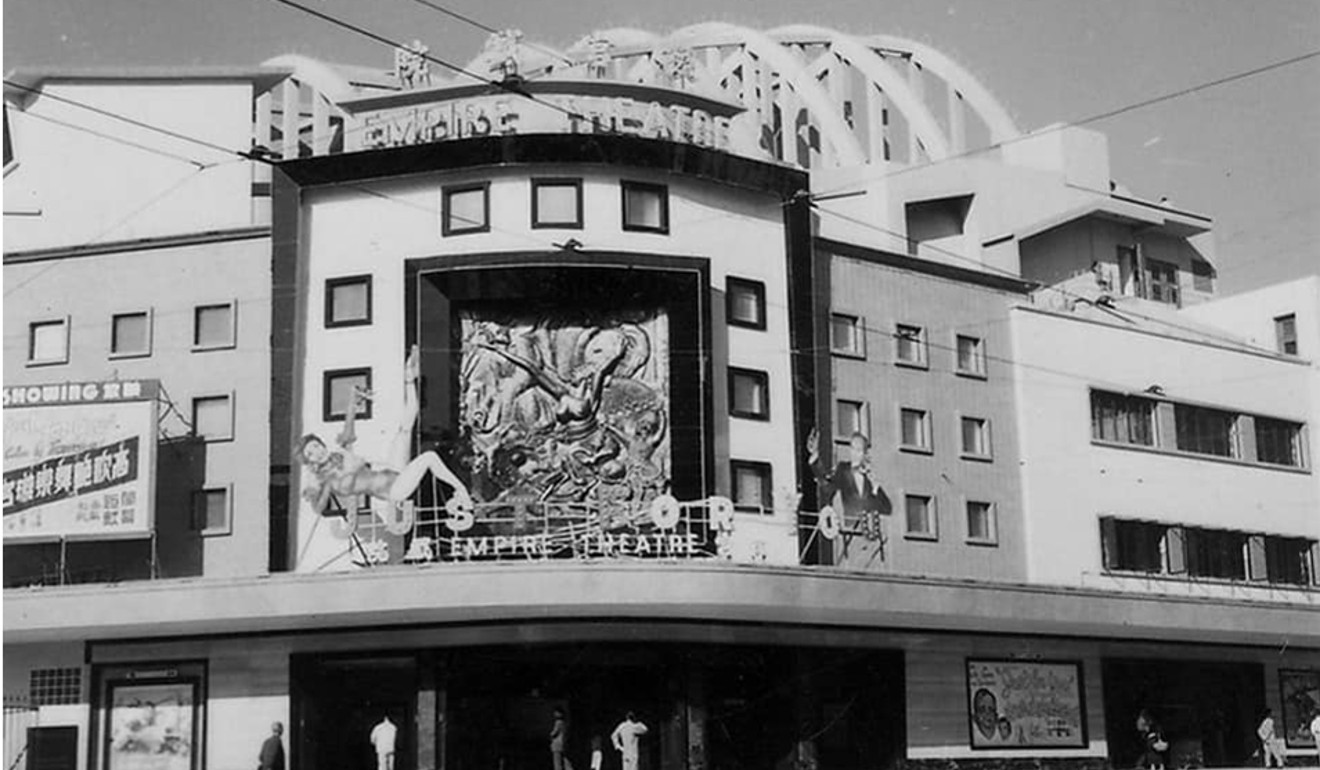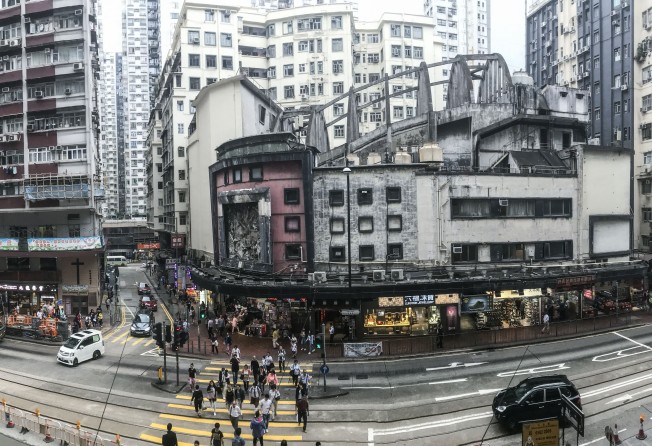
How campaigners helped save Hong Kong’s unique post-war State Theatre from wrecker’s ball – and why majority owner New World Development had a rethink
- Private developer changed its plan following public awareness campaign and representations from government departments
- Despite being awarded grade one status by the Antiquities Advisory Board, the theatre’s future had been in doubt

Heritage experts in Hong Kong have cheered news that government officials and a private developer have agreed to preserve an unusual post-second world war theatre that has been the subject of a long-running campaign.
New World Development, the majority owner of the State Theatre in North Point, had said earlier that it intended redeveloping the property, which meant the theatre would have been demolished.
But the developer changed its plan following a public awareness campaign and representations from government departments. In a report dated January 22, the Legislative Council’s development panel said the company reacted positively and agreed to retain the theatre even as it redeveloped the residential and commercial parts of the project.

Ho Puay-peng, adjunct professor of architecture at Chinese University, hailed as “exemplary” the treatment of the case by the Commissioner for Heritage’s Office and the Antiquities and Monuments Office, as well as New World’s openness to preserving the site.
“The news that a private developer is actively considering what it can do to conserve this building is excellent,” Ho says. “It’s a great example for Hong Kong.”
The State Theatre, which opened in 1952 as the Empire Theatre, was designed by architects George Grey and SF Lew. Grey had earlier designed the landmark Peninsula hotel in Tsim Sha Tsui, which opened in 1928.
The theatre building is considered to be one of a kind. In his appraisal of the theatre in 2016, Professor Jos Tomlow of Lisbon-based modernist architecture group Docomomo International said: “The remarkable use of ‘parabola-like’ concrete arches rising over the building is unique for a theatre in the entire world.”
That appraisal led to the theatre being awarded grade one status by the Antiquities Advisory Board, the statutory body responsible for surveying historical buildings, and it was designated a “building of outstanding merit” in 2016.
However, the theatre’s future still remained in doubt, as grade one status does not confer protection to privately owned buildings.
To save the theatre, campaigners including tour group Walk in Hong Kong, the Conservancy Association and Docomomo International initiated a range of efforts to persuade the government that the theatre was a unique piece of architecture deserving protection.
They enlisted the help of personalities such as filmmakers Fruit Chan and Amos Wong Ho-yin, and actor Kenneth Tsang Kong, to raise public awareness of the theatre’s past.
Walk in Hong Kong released a series of videos on social media celebrating little-known cultural figures such as Harry Odell, the theatre’s first managing director, who was credited with bringing such acts as the Beatles and the London Philharmonic Orchestra to the city. A full-length documentary about his life is slated for release in 2020.
For Haider Kikabhoy, co-founder of Walk in Hong Kong, the State Theatre has a significance beyond its physical remains. “It’s not just about some old building,” says Kikabhoy, 38. “The State Theatre is first and foremost a repository of lovely memories.”
Kikabhoy notes that Hongkongers have a relationship with the city’s post-war architecture but less of a connection with older, yet more celebrated, colonial buildings.

“Post-war buildings are fundamental to Hong Kong’s eclectic cityscape,” Kikabhoy says. “They belong to a period of huge socio-economic change that led us to the modern Hong Kong we know today.”
Ho says heritage campaigners often face an uphill struggle when trying to obtain government recognition of post-war buildings, partly as a result of a bias against modernist architecture.
“When it comes to government recognition of heritage buildings, there’s an underrepresentation of built heritage from the second half of the 20th century,” Ho says.
Pointing out that nearly 90 per cent of all buildings that have been graded so far for their heritage value are from a list of 1,444 built before 1950, he adds: “There is an institutional perception that post-war buildings are not of ‘heritage age’, and that many of them are too commonplace in appearance.”
He urged the Antiquities Advisory Board to carry out a territory-wide survey of post-war buildings to safeguard this aspect of Hong Kong’s architectural heritage.
Ho says many buildings of heritage value continue to be demolished, citing the example of Union Church on Kennedy Road, which was torn down last year.
“That was a fantastic modernist building, and now it’s gone,” he says.